West Bengal Election 2021: A shuttered Dunlop factory, an abandoned workforce, and politicking
It’s been a decade since Dunlop, once the pride of West Bengal, shut down its tyre factory in Sahaganj. More than 10,000 former workers wait for closure and compensation. With the electoral battle for the state heating up, leaders have been raising the issue of industries leaving the state. Gaon Connection met up with former workers to know their expectations from the elections.


This building once served as a fire extinguisher unit of Dunlop factory. Photo: Gurvinder Singh
Hooghly, West Bengal
There was a time when Sahaganj in Hooghly district, barely 45 kilometres (km) from West Bengal capital Kolkata, was synonymous with Dunlop, Asia’s first tyre manufacturing plant set up in 1936.
Ten years since it finally shuttered its gates in 2011, the closed factory is fertile ground for politicians to fire ammos at each other. After all, it’s election season in Bengal — eight-phase polls to 294 legislative assembly constituencies begin on March 27 and go on till April 29.
There is a high-decibel battle for the ballots in West Bengal, with the Bharatiya Janata Party (BJP), to which prime minister Narendra Modi belongs, seeking to make major inroads into the state, currently led by All India Trinamool Congress (TMC) headed by Mamata Banerjee.
On February 22, addressing a rally on the Dunlop factory grounds, Modi blamed chief minister Banerjee for the lack of development in West Bengal, and held the state government responsible for the poor condition of industries in Hooghly district. He did not mention the once-prosperous Dunlop in his speech, though.
Two days later, speaking from the same ground, Banerjee accused Modi of sitting for five years on a state government proposal to revive the Dunlop factory. She said the Centre did not allow the state to acquire Dunlop and another ailing factory in Dum Dum, Jessop and Company — both owned by the Kolkata-based Ruia group — despite a bill being passed in the state assembly in 2016. Jessop has also been shuttered now.
Banerjee said the state government has, since 2016, been providing a monthly ex-gratia of Rs 10,000 each to employees on Dunlop’s payroll, to help them survive.
Political analysts concede the industrial scenario in Bengal is bleak, but say it is wrong to single out just Dunlop. “The situation has gone from bad to worse in Bengal in the past five decades. There has been a constant flight of industries from Bengal. This state was once known for manufacturing the famed Ambassador cars and was also the hub of the jute industry,” Kolkata-based analyst Sibaji Pratim Basu told Gaon Connection.
“Now, it is starving for industries. Apart from the lack of an efficient work atmosphere, trade unions have constantly created hurdles in the day-to-day operations of factories,” Basu pointed out.

Dunlop: a ghost township
Far from the acrimony of electoral politics, time appears to have stood still in the Dunlop township. Overgrown shrubs cover abandoned palatial buildings, plasters peel off dilapidated walls, banyan trees have taken over vacant spaces and snakes hiss in the thick undergrowth.

Only the 700 dilapidated homes where former employees still live, a signboard and a main gate partly visible from the bushes tell you that this desolate stretch once was full of life.
In its heyday, the Dunlop factory, spread across 97 hectares (ha), manufactured world-class tyres, including for the aviation industry. At its peak, it employed over 12,000 workers. The complex had about 1,600 staff quarters, including bachelor’s quarters and bungalows for senior officials, two swimming pools and tennis courts, old-timers say.

“It was like a mini-India where people from different religions and regions lived happily. The management took good care of us. We never had to step outside for anything. We had excellent medical facilities and there was even a fire extinguisher team on standby,” Shibu Paswan, 72, a retired worker, told Gaon Connection.
During the Kargil War in 1999, striking workers opened the factory to supply tyres for cannons, following a request from then prime minister, the late Atal Bihari Vajpayee.
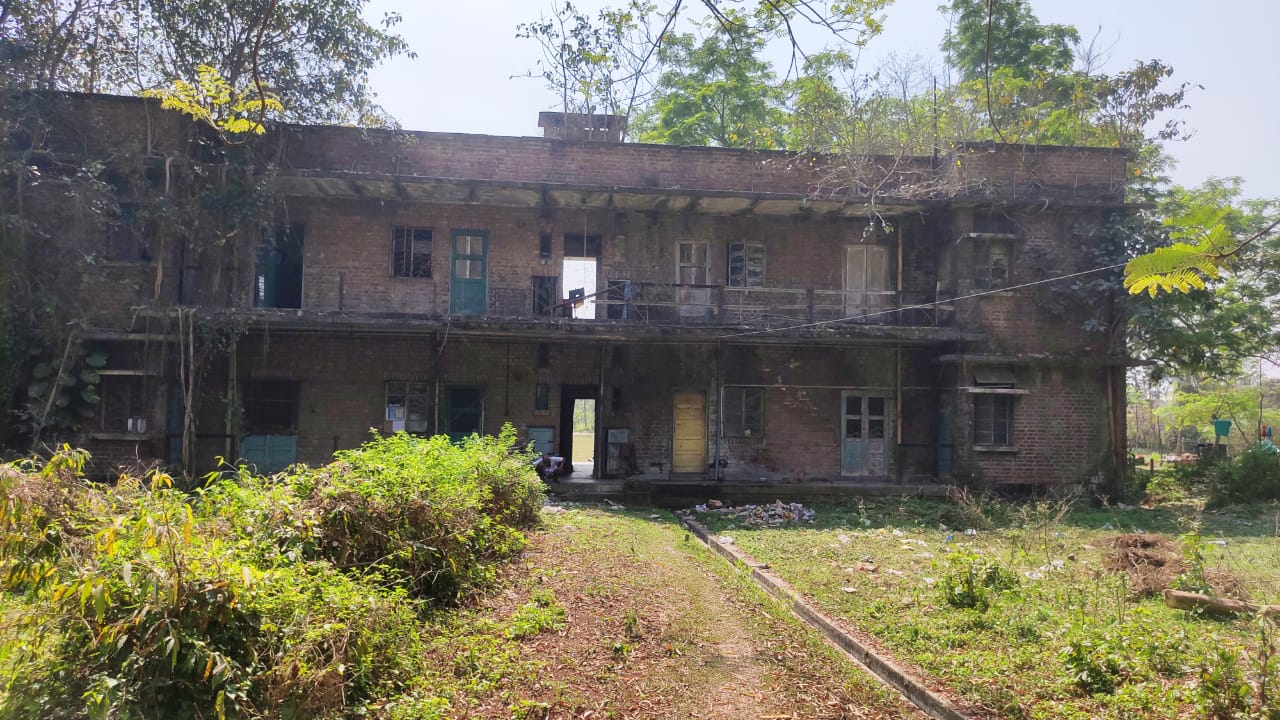
But, for more than a decade now, over 10,000 people attached to the factory, which manufactured over 300 products, including tyres and conveyor belts, are staring at a hopeless future. In 2011, the management declared suspension of work citing losses. The order left over a thousand workers jobless and over 2,500 others who retired after 2009 without their legal benefits such as provident fund and gratuity.
Somewhat similar has been the fate of several other industries in the state. For instance, Tata Motors exited the Singur project in West Bengal in 2008. Howrah district was once known as the Sheffield of the East as it had several industries, but many are closed now. The jute industry started from West Bengal at Rishra in Hooghly district way back in 1855 due to better river connectivity and ample availability of raw material. But now it is an ailing industry with most jute mills closed, and the provident fund and gratuity of workers still pending.
Instant paupers
Workers say the closure of the Dunlop factory turned them into instant paupers, with many even forced to beg. Dillerao Gonte, 62, used to sell eggs and bread until his son got a job recently. At Dunlop, he worked at the mill department where rubber and chemicals were mixed. “We did not get a great salary even when working. The average monthly payment in 2006 was just about five thousand rupees. We struggled to run our homes and educate our children. But, the closure was the death knell. We never thought a factory with such a rich heritage would be closed,” he told Gaon Connection.
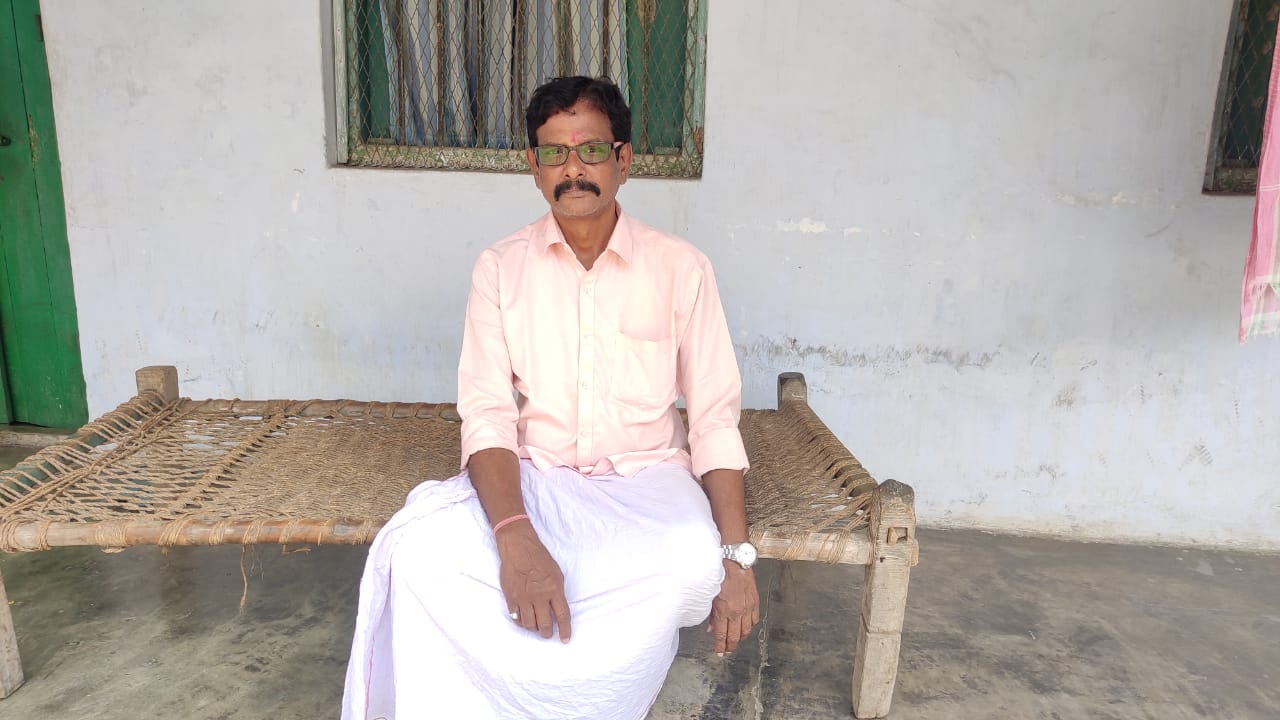
About 200 metres from the factory’s main gate are the rundown staff quarters where the 700 families continue to live. Many others have left for their respective home states, having given up hope. Asha Sharma, 50, almost breaks down remembering the time her husband Kuldeep Sharma lost his job when the factory closed.

“He found no work and it became difficult to educate our minor children. I bought a sewing machine and worked on it for up to eighteen hours a day to run the family. It is tough to speak about our hardship,” she rued.
The staff stay on in the quarters with leaking roofs and no running water facilities. The overhead tanks were dismantled in late 2000. “We depend on hand pumps for water supply, both for drinking and household use,” said Sharma.

AK Das, 71, a factory worker who retired in 2009, claimed that most of the scrap in the factory and other items have been stolen and there’s not much of Dunlop. Speaking about the medical facilities, he said: “Now, with everything demolished, we have to depend on private hospitals for treatment, which is quite expensive for us,” Das told Gaon Connection.
Amidst this gloom, there is a silver lining — most workers’ children have got jobs in the defence forces. “The poor financial condition of their families inspired the children to work extra hard. They took it upon themselves to improve the financial condition of their families. We are very proud of them,” said Dheeraj Verma, 25, the son of a factory worker whose elder brother is in the army.
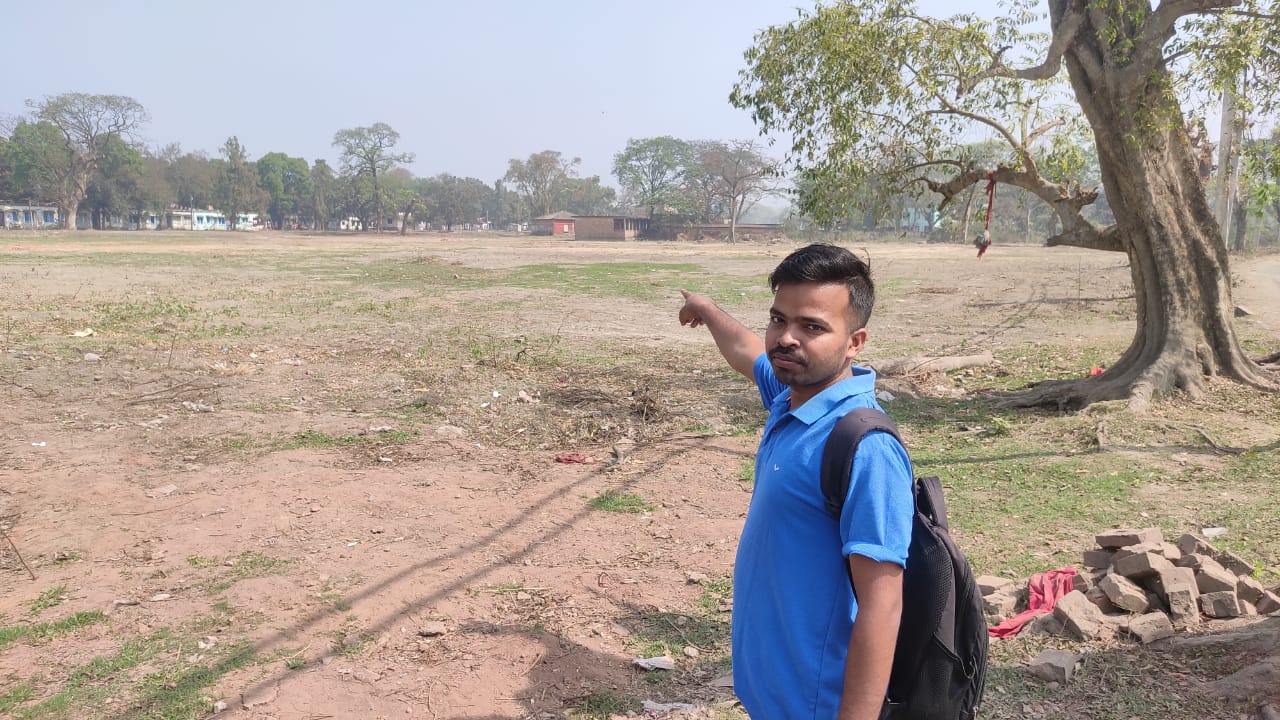
Court cases
Meanwhile, the workers are caught between hope and despair, mostly the latter. Around seven years ago, they moved the Calcutta High Court demanding clearance of their provident fund, gratuity and other dues. The court already ordered the liquidation of movable assets for this, but the process is still ongoing.
“Some of the workers have died waiting for their retirement benefits. The situation is grim, as it is not yet clear when the dues will be received. The wait is only getting longer,” said Gonte. Workers fear they might lose their homes too, once the Court decides immovable assets.
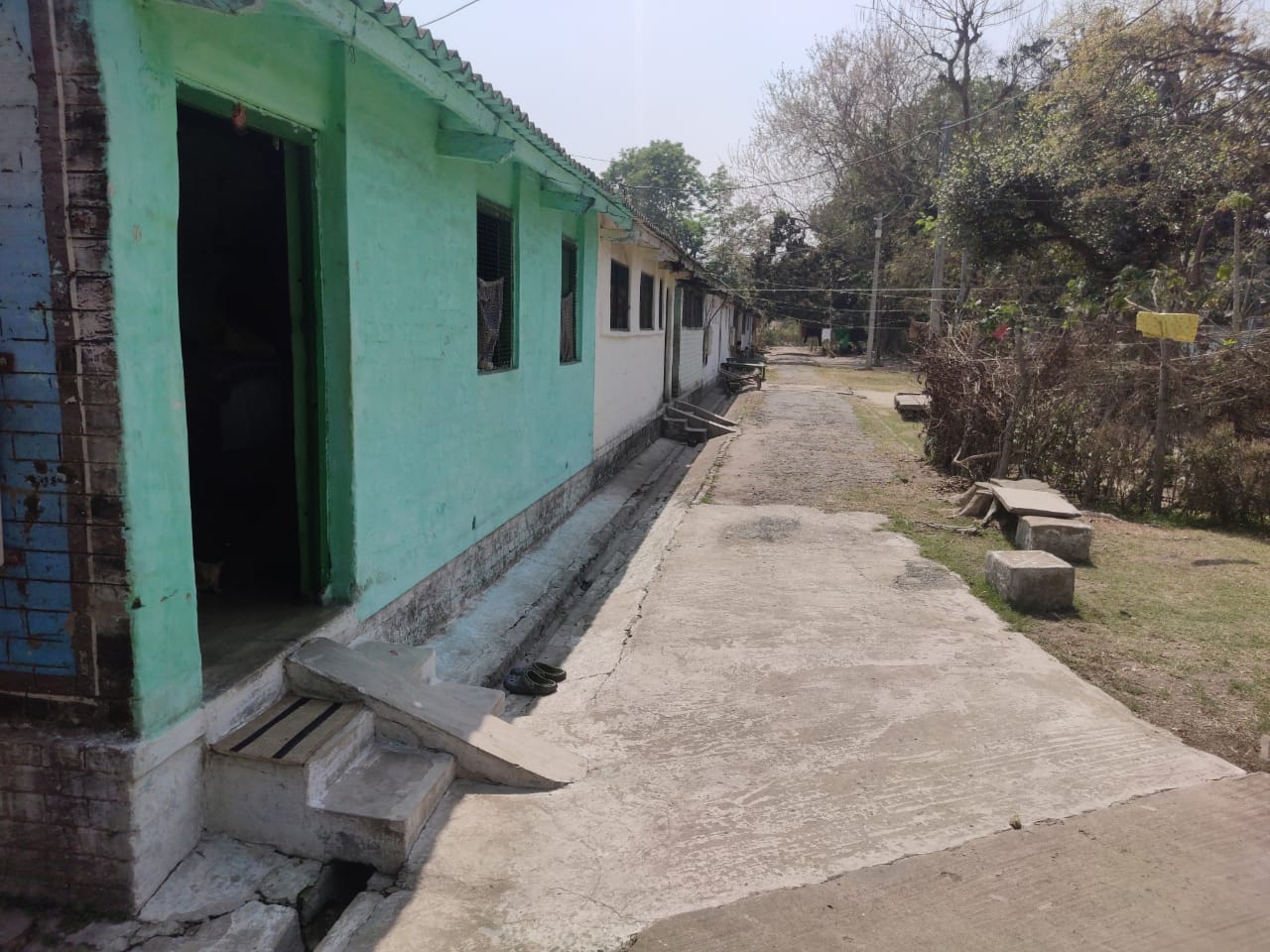
“Our parents settled here seven decades ago. We lived like a big family, sharing happiness and grief. This is home, and we can’t bear to part from it. If we must go, we need compensation for rehabilitation as our income was never enough for us to save anything,” said Kuldeep.
No senior officials of the company, which is already in liquidation, could be contacted for comments.
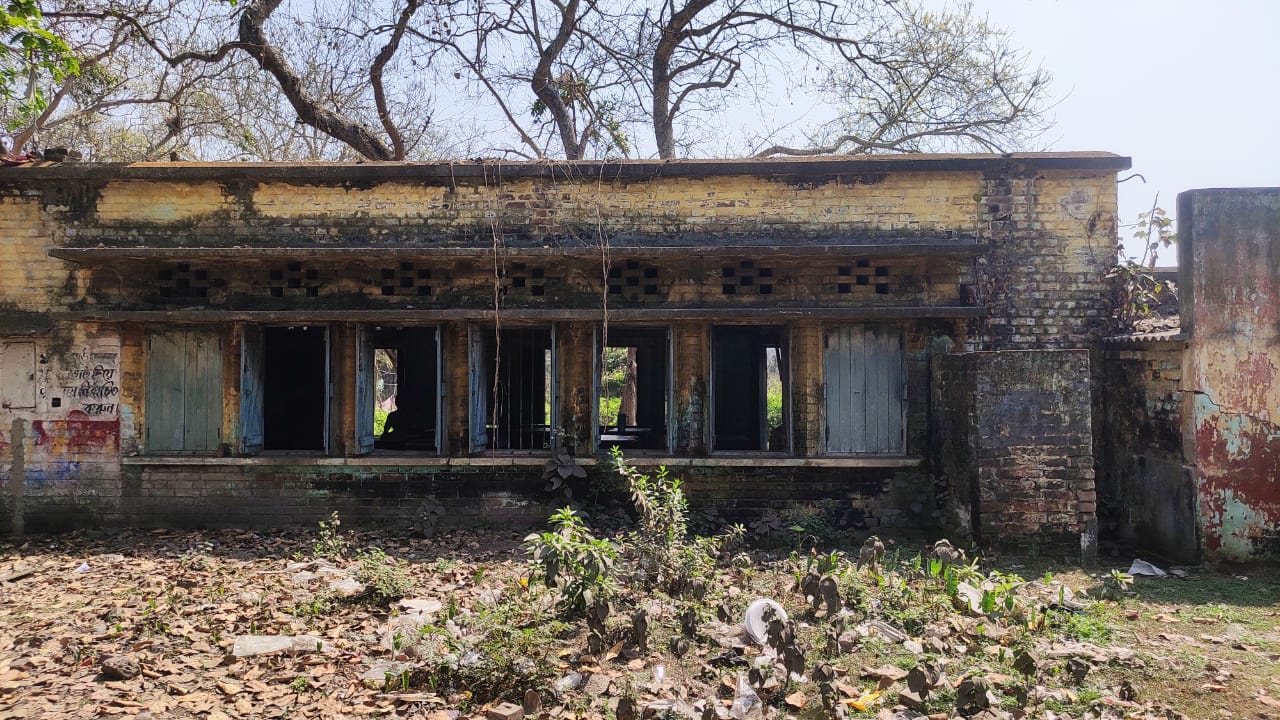
Post the West Bengal elections 2021, will things improve if there’s a new party at the helm? “There would hardly be a change in the attitude even if the BJP manages to unseat the TMC, because the saffron party now constitutes eighty percent of leaders from the current ruling party. Lack of fresh leadership will ensure there is a similar mindset towards industries,” Basu said.

